Home>Storage & Organization>Decluttering Tips & Tricks>How To Declutter My Room
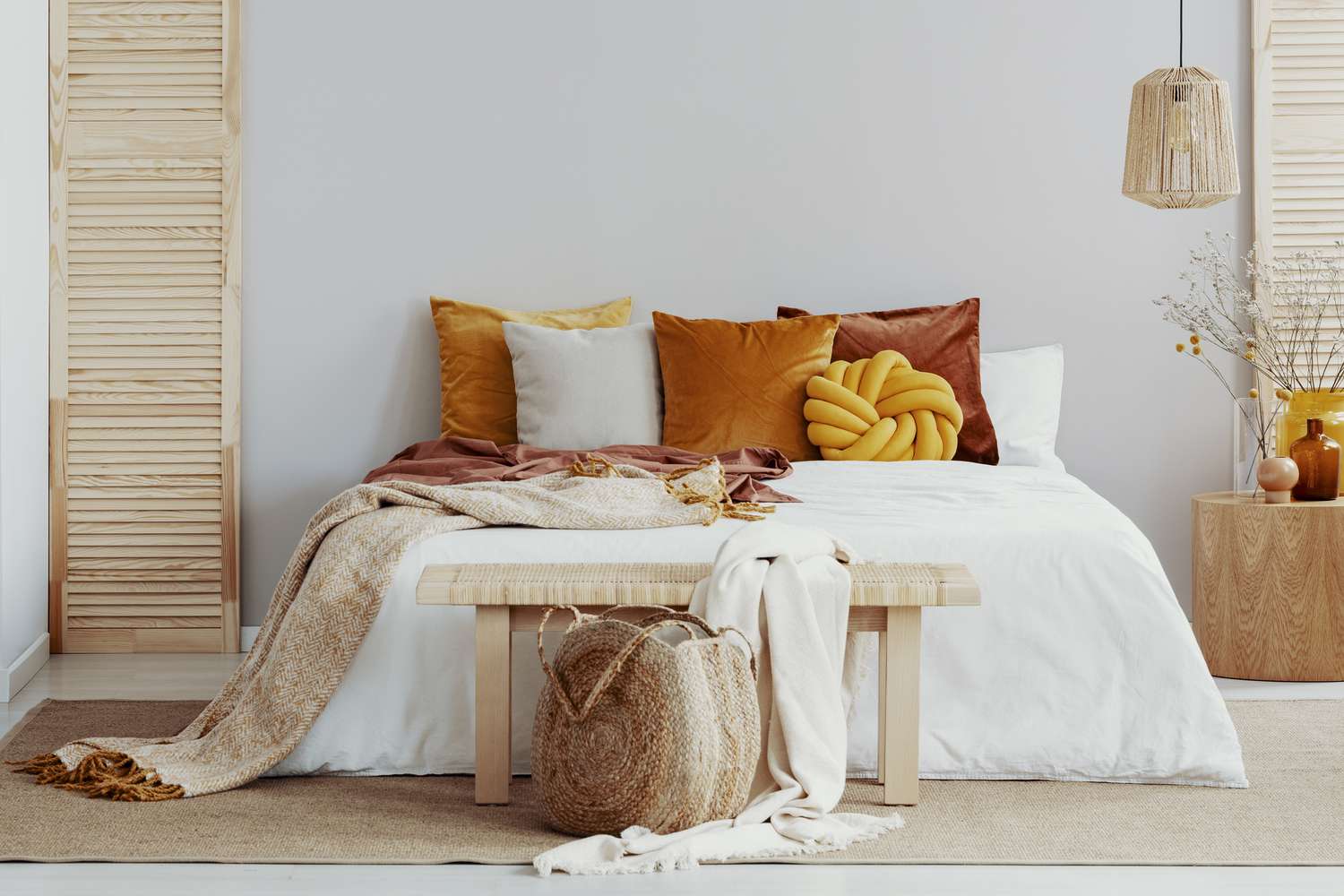

Decluttering Tips & Tricks
How To Declutter My Room
Modified: February 21, 2024
Learn effective decluttering tips and tricks to transform your room into a tidy and organized space. Discover practical strategies for decluttering your room effortlessly.
(Many of the links in this article redirect to a specific reviewed product. Your purchase of these products through affiliate links helps to generate commission for Storables.com, at no extra cost. Learn more)
Introduction
Decluttering your room can be a transformative experience, offering a sense of liberation and a fresh perspective. A cluttered room can lead to feelings of stress, anxiety, and overwhelm, while a tidy and organized space can promote a sense of calm and clarity. Whether you're preparing for a new season, seeking a renewed sense of tranquility, or simply aiming to reclaim your space, decluttering is a powerful first step.
In this comprehensive guide, we'll delve into the art of decluttering, providing you with practical tips and tricks to transform your room into an inviting sanctuary. From assessing the current state of your space to establishing clear goals, sorting and organizing your belongings, and creating a maintenance plan, we'll walk you through each step of the decluttering process.
So, roll up your sleeves, put on your favorite playlist, and let's embark on this decluttering journey together. By the end of this guide, you'll not only have a beautifully organized room but also the knowledge and motivation to maintain it for the long haul. Let's banish the chaos and welcome the serenity that comes with a clutter-free space.
Key Takeaways:
- Assess your room, set clear goals, and create a maintenance plan to declutter effectively and maintain a serene living space.
- Sort and organize your belongings mindfully, let go of clutter responsibly, and embrace a minimalist mindset for a clutter-free room.
Read more: How To Declutter A Room
Assessing the Situation
Before diving into the decluttering process, take a moment to assess the current state of your room. Observe the areas that are prone to clutter, such as closets, shelves, and surfaces, and identify the specific items contributing to the disarray. Consider the functionality of the space and how the clutter is impacting your daily routine and overall well-being.
As you survey the room, ask yourself the following questions:
- What are the primary purposes of this room, and how do I want it to feel?
- Which areas are most cluttered, and what types of items are accumulating in these spaces?
- How does the clutter affect my mood, productivity, and ability to relax in this room?
By gaining a clear understanding of the current state of your room and its impact on your daily life, you'll be better equipped to formulate a decluttering strategy tailored to your specific needs and preferences. Additionally, take note of any sentimental items or belongings that hold significant value to you, as these may require special consideration during the decluttering process.
Remember, the goal of assessing the situation is not to feel overwhelmed by the clutter but to gain insight into the areas that require attention and to envision the potential for a more organized and harmonious space. With a clear understanding of your room's current state, you're ready to embark on the journey of decluttering and revitalizing your living environment.
Setting Clear Goals
Setting clear and achievable goals is essential for a successful decluttering endeavor. Begin by visualizing the ideal state of your room and how you want it to look and feel once the decluttering process is complete. Envision the space as a tranquil retreat, free from the chaos of clutter and brimming with functionality and aesthetic appeal.
When establishing your decluttering goals, consider the following aspects:
- Functionality: Determine how you want to utilize the room and ensure that the layout and organization support its intended functions. Whether it’s a serene bedroom, an efficient home office, or a welcoming living area, align your goals with the practical use of the space.
- Aesthetic Appeal: Envision the visual harmony and style you wish to achieve. This may involve creating a minimalist ambiance, incorporating specific color schemes, or showcasing cherished decor items without overcrowding the space.
- Mental and Emotional Well-being: Consider the impact of a clutter-free environment on your mental and emotional state. Setting goals related to reducing stress, fostering a sense of calm, and promoting overall well-being can provide a powerful motivation for decluttering.
It’s important to set realistic and manageable goals that align with your lifestyle and preferences. Breaking down the decluttering process into smaller, actionable goals can make the task feel less daunting and more achievable. For example, you might set a goal to declutter one specific area of the room at a time, such as a closet, bookshelf, or desk, before moving on to the next area.
By setting clear goals and envisioning the desired outcome, you’ll create a roadmap for your decluttering journey. These goals will serve as beacons of motivation, guiding you through the process and ultimately leading to the fulfillment of your vision for a harmonious and clutter-free room.
Sorting and Organizing
Once you’ve assessed the situation and set clear goals, it’s time to roll up your sleeves and dive into the sorting and organizing phase of decluttering. This pivotal stage involves methodically categorizing your belongings, making decisions about their relevance and utility, and implementing effective organizational systems to maintain order in your room.
Here’s a step-by-step approach to sorting and organizing your belongings:
- Declutter by Category: Begin by sorting your items into categories such as clothing, books, accessories, electronics, and sentimental items. This approach allows you to assess the volume of each category and make informed decisions about what to keep, donate, or discard.
- The KonMari Method: Embrace the principles of the KonMari method, which encourages you to evaluate each item based on whether it sparks joy. This mindful approach can help you discern which belongings truly resonate with you and align with your vision for a clutter-free space.
- Utilize Storage Solutions: Explore storage solutions such as bins, baskets, shelves, and drawer organizers to streamline the organization of your belongings. Invest in storage containers that complement the aesthetic of your room while maximizing space and accessibility.
- Implement the “One In, One Out” Rule: To prevent future clutter, consider adopting the “one in, one out” rule, which entails removing an item from your room whenever a new item is introduced. This practice promotes mindful consumption and prevents the accumulation of unnecessary possessions.
- Create Functional Zones: Designate specific areas for different activities or purposes within your room. For instance, establish a reading nook with a cozy chair and a well-organized bookshelf, or create a dedicated workspace with a tidy desk and essential office supplies.
By systematically sorting and organizing your belongings, you’ll not only declutter your room but also cultivate a heightened sense of mindfulness and intentionality in your living space. The process of curating and arranging your possessions can be a deeply gratifying experience, leading to a more functional, visually appealing, and harmonious environment.
Start by sorting items into categories like keep, donate, or throw away. Then, tackle one area at a time, like your closet or desk, to avoid feeling overwhelmed.
Getting Rid of Clutter
As you progress through the decluttering process, the crucial step of getting rid of clutter presents an opportunity to release the items that no longer serve a purpose or bring joy into your life. This phase involves thoughtful decision-making, responsible disposal of unwanted items, and embracing a mindset of simplicity and intentionality.
Consider the following strategies for effectively getting rid of clutter:
- Donate or Sell Unwanted Items: Items that are in good condition but no longer needed can be donated to local charities, shelters, or thrift stores. Alternatively, you may choose to sell them through online platforms or organize a garage sale to give these possessions a new life while benefiting others.
- Recycle Responsibly: For items that are no longer usable or in poor condition, explore recycling options in your community. Many municipalities offer recycling programs for electronics, textiles, and other materials, ensuring that they are disposed of in an environmentally responsible manner.
- Dispose of Unsalvageable Items: Items that are beyond repair or repurposing should be disposed of responsibly. Research local disposal guidelines for hazardous or non-recyclable materials and follow the appropriate procedures to ensure safe and eco-friendly disposal.
- Embrace Minimalism: Embracing a minimalist mindset can guide your decision-making process as you declutter. Focus on retaining items that hold genuine value and purpose in your life, and let go of the excess to create a more spacious and serene living environment.
- Practice Gratitude and Letting Go: Express gratitude for the items you choose to part with, acknowledging the role they played in your life. Release any guilt or attachment associated with these possessions, recognizing that their departure paves the way for a more intentional and uncluttered space.
By conscientiously parting ways with clutter, you’ll not only free up physical space but also cultivate a sense of lightness and clarity. Embracing the practice of letting go can be profoundly liberating, allowing you to curate a living environment that reflects your values, priorities, and aspirations.
Read more: How To Declutter Kids Room
Creating a Maintenance Plan
Once you’ve decluttered and organized your room, it’s essential to establish a maintenance plan to sustain the newfound sense of order and tranquility. A maintenance plan serves as a roadmap for preserving the decluttered space and preventing the re-emergence of chaos and disorganization.
Consider the following strategies for creating an effective maintenance plan:
- Establish Daily Habits: Incorporate simple daily habits into your routine to maintain a tidy environment. This may include making your bed each morning, dedicating a few minutes to quick tidying sessions, and returning items to their designated places after use.
- Weekly Check-Ins: Designate a specific day each week to conduct a brief assessment of your room. Use this time to address any clutter that has accumulated, reorganize items if necessary, and ensure that the organizational systems are functioning effectively.
- Seasonal Refresh: Schedule seasonal decluttering sessions to reassess your belongings, discard any items that no longer serve a purpose, and make adjustments to the organization and layout of your room to accommodate seasonal changes.
- Mindful Consumption: Adopt a mindful approach to acquiring new possessions. Before bringing a new item into your room, consider its necessity, functionality, and compatibility with your decluttering goals. This deliberate approach to consumption can prevent the accumulation of unnecessary clutter.
- Flexibility and Adaptability: Remain open to refining and adjusting your maintenance plan as needed. Your living environment and lifestyle may evolve over time, and your maintenance plan should adapt to accommodate these changes while upholding the principles of organization and simplicity.
By implementing a maintenance plan tailored to your lifestyle and preferences, you’ll cultivate sustainable habits that support an organized and harmonious living space. Consistent and mindful maintenance not only preserves the benefits of decluttering but also fosters a sense of mindfulness and intentionality in your daily life.
Conclusion
Congratulations on embarking on the transformative journey of decluttering your room. By following the comprehensive strategies outlined in this guide, you’ve taken significant steps toward creating a space that reflects your values, promotes tranquility, and enhances your overall well-being.
Throughout the decluttering process, you’ve embraced the art of assessment, setting clear goals, sorting and organizing, letting go of clutter, and creating a maintenance plan. Each of these steps has contributed to the revitalization of your living environment and the cultivation of mindful habits that support a clutter-free lifestyle.
As you revel in the newfound spaciousness and serenity of your room, remember that decluttering is not merely a one-time endeavor but an ongoing practice. By integrating the principles of mindfulness, intentionality, and simplicity into your daily life, you’ll continue to experience the profound benefits of a decluttered space.
Embrace the sense of liberation that comes with letting go of the unnecessary and the commitment to maintaining a harmonious living environment. As you navigate the ebb and flow of life, your decluttered room will serve as a sanctuary—a place of respite, creativity, and inspiration.
May your decluttered room be a reflection of your aspirations, a canvas for self-expression, and a haven for moments of peace and clarity. With each intentional step you take, you’re not only transforming your living space but also nurturing a deeper connection to the essence of what truly matters in your life.
So, take a deep breath, bask in the serenity of your decluttered room, and revel in the newfound sense of space and possibility. Your journey toward a clutter-free lifestyle is a testament to your commitment to living with purpose, mindfulness, and joy.
Frequently Asked Questions about How To Declutter My Room
Was this page helpful?
At Storables.com, we guarantee accurate and reliable information. Our content, validated by Expert Board Contributors, is crafted following stringent Editorial Policies. We're committed to providing you with well-researched, expert-backed insights for all your informational needs.
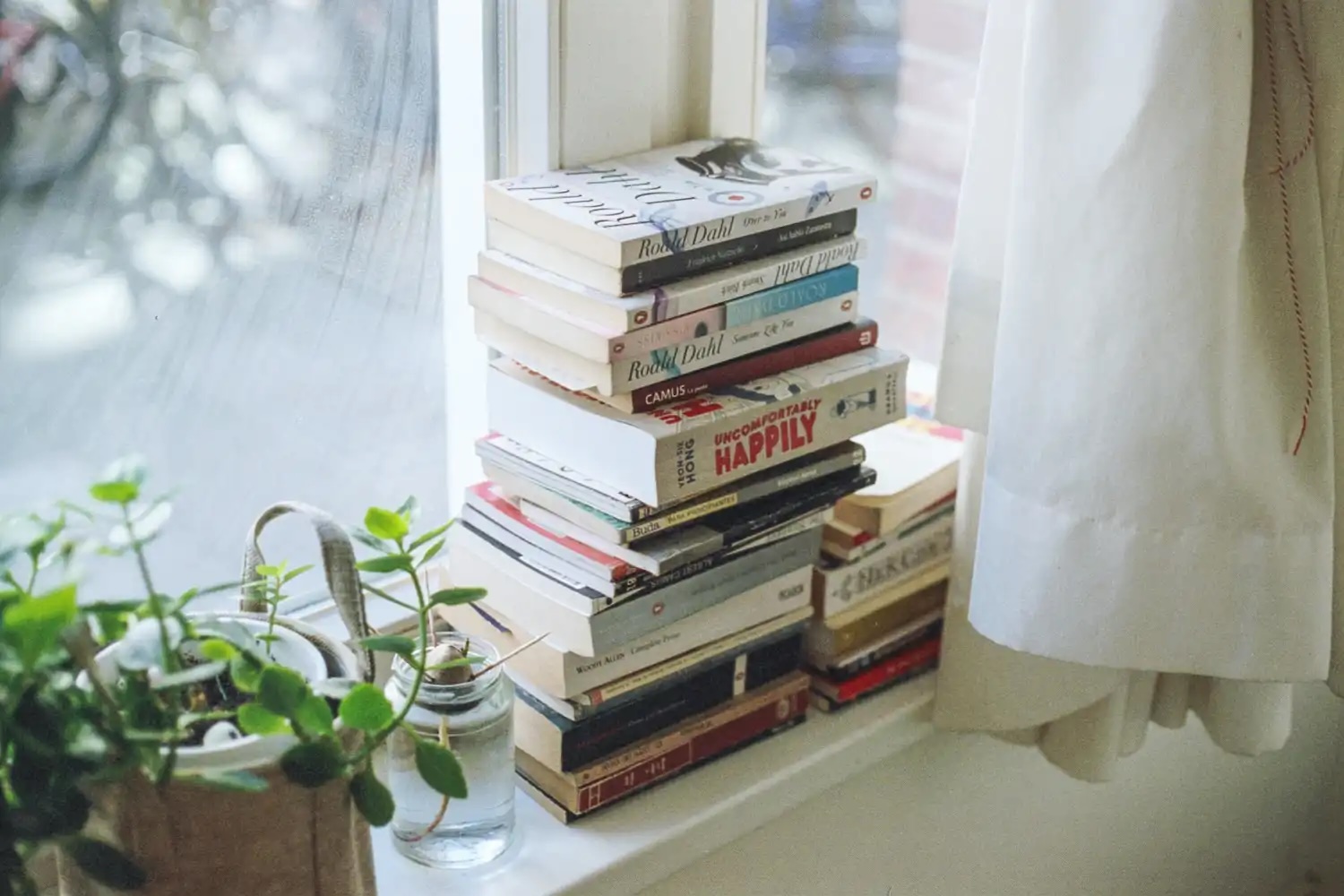
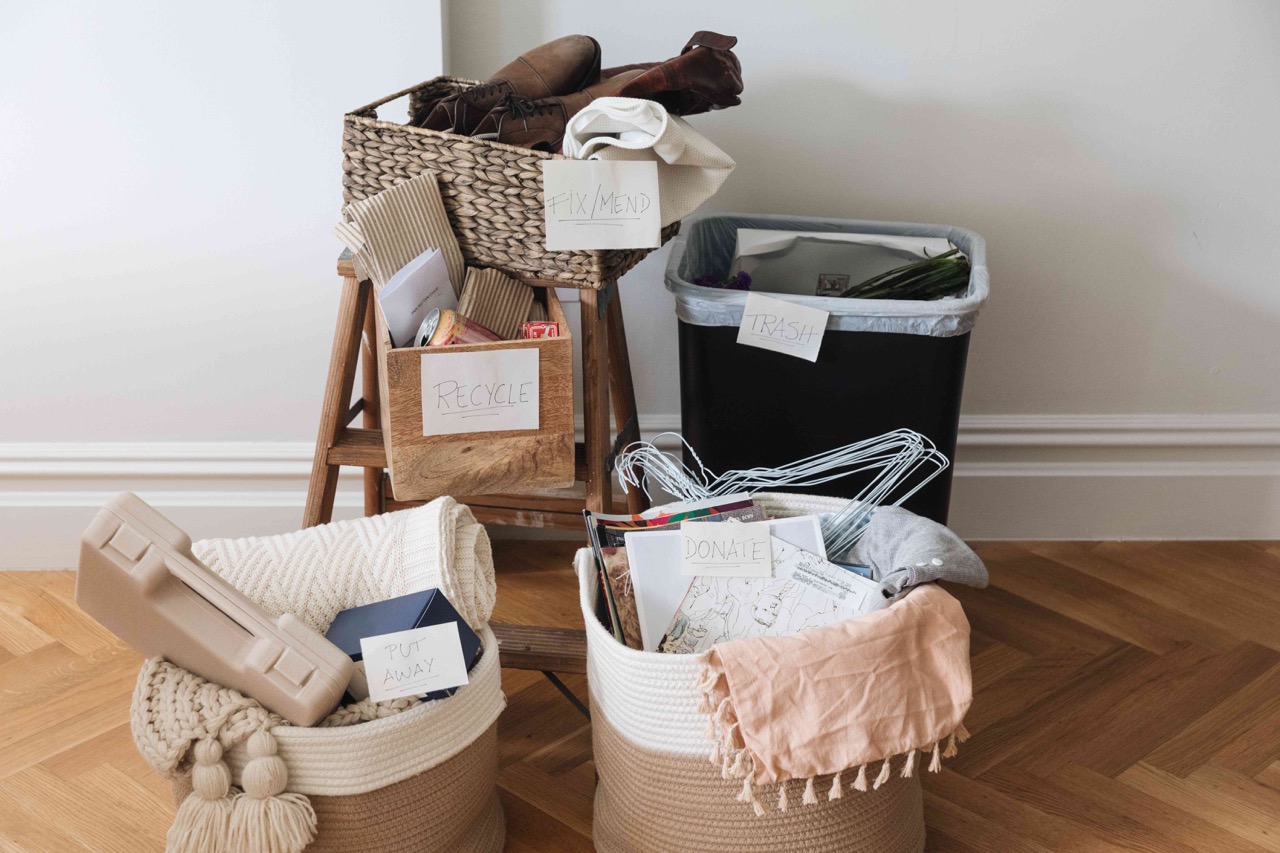

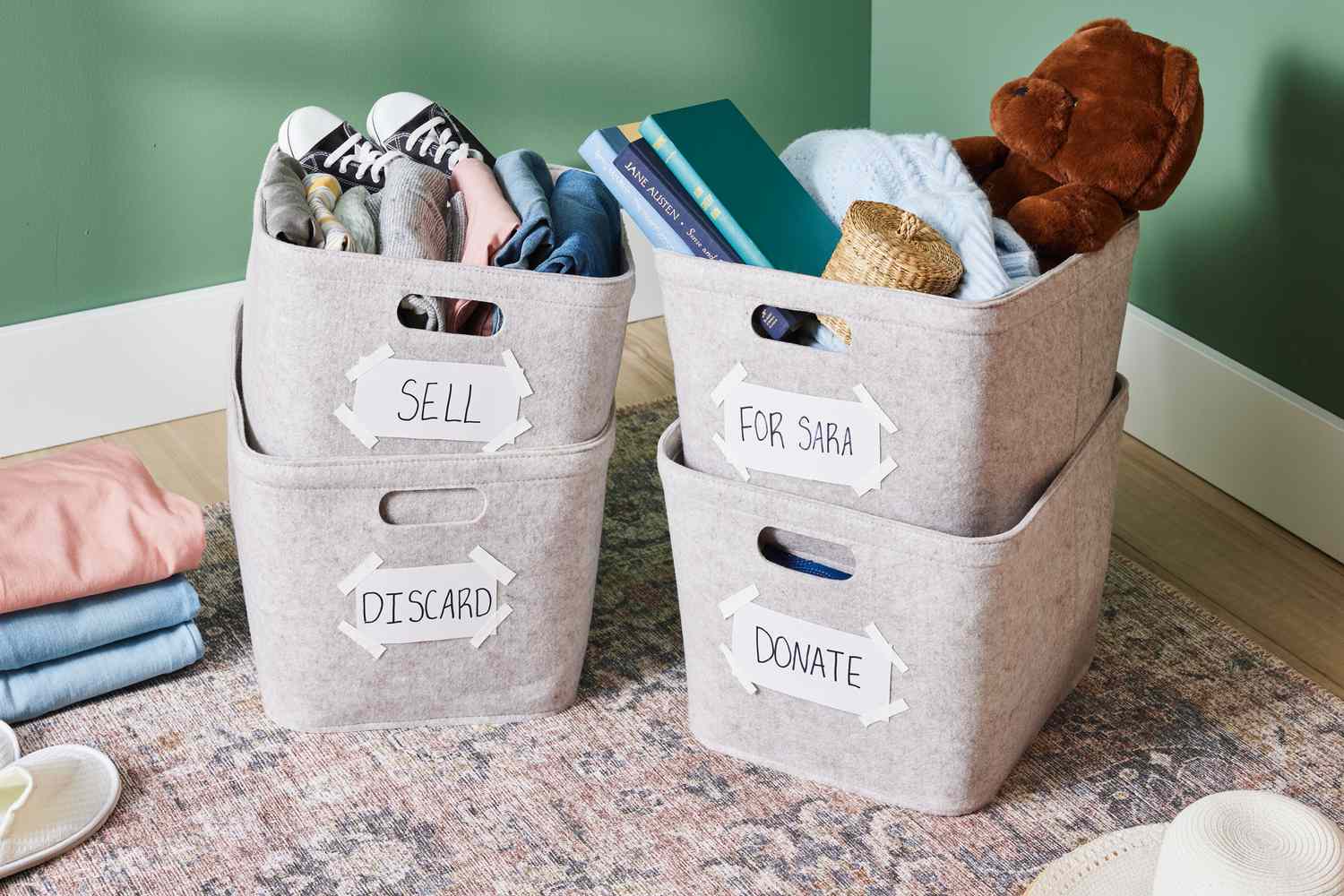
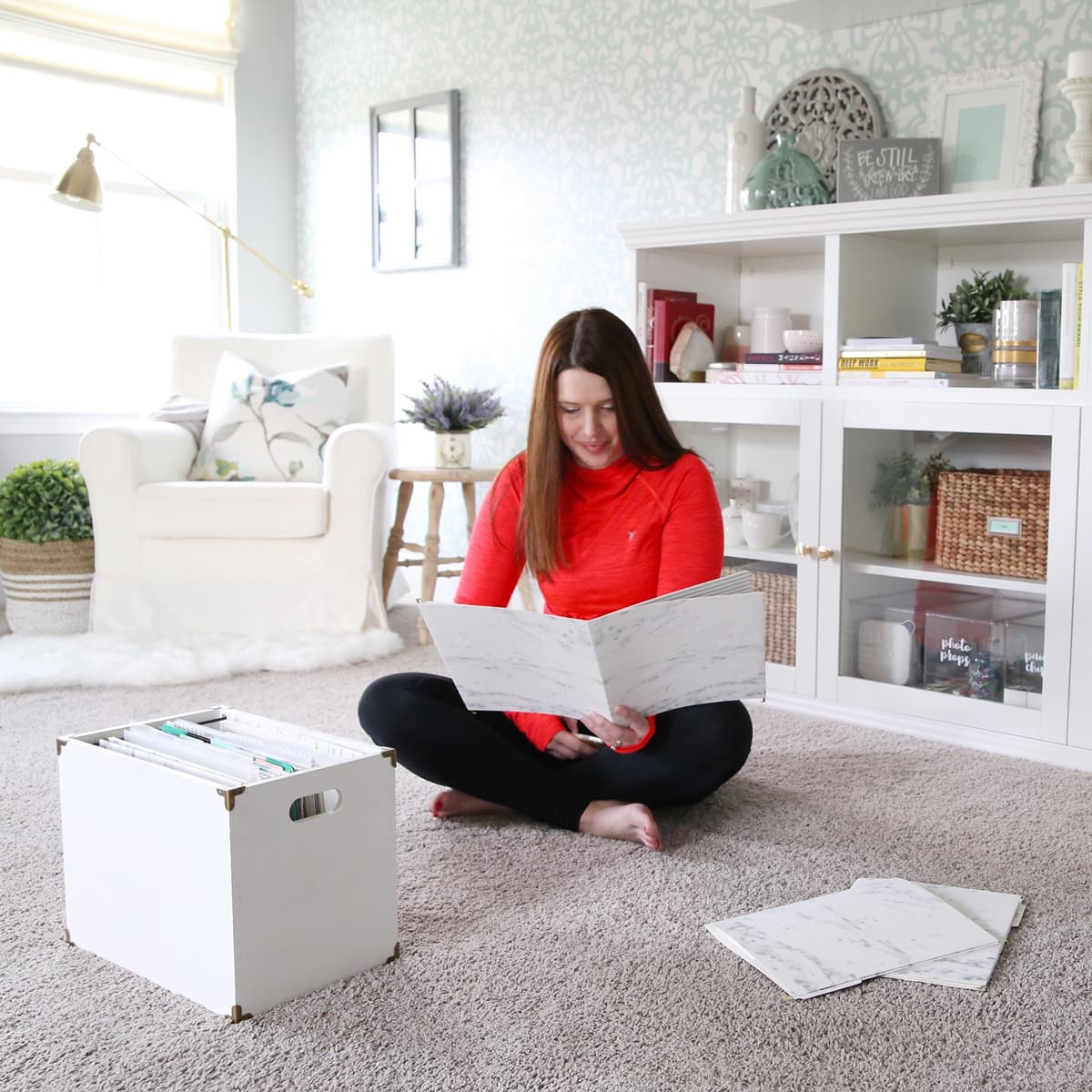
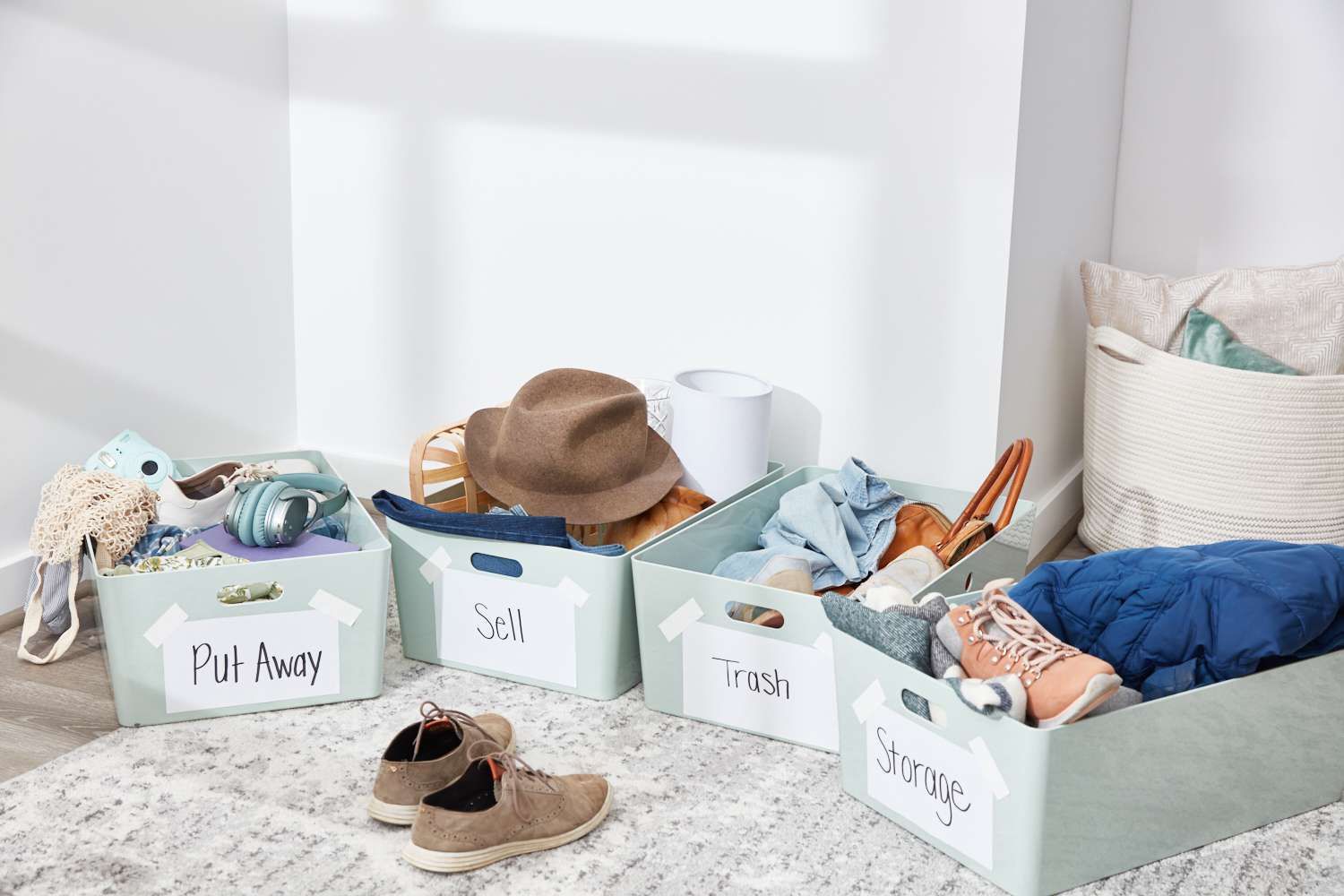
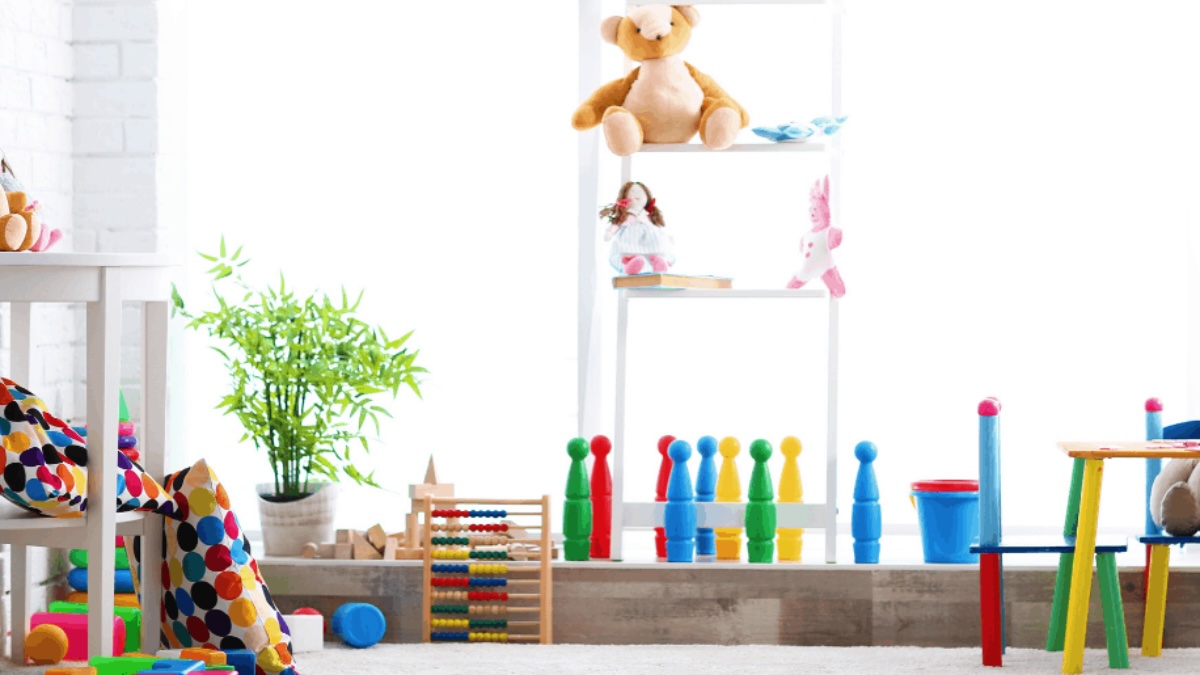


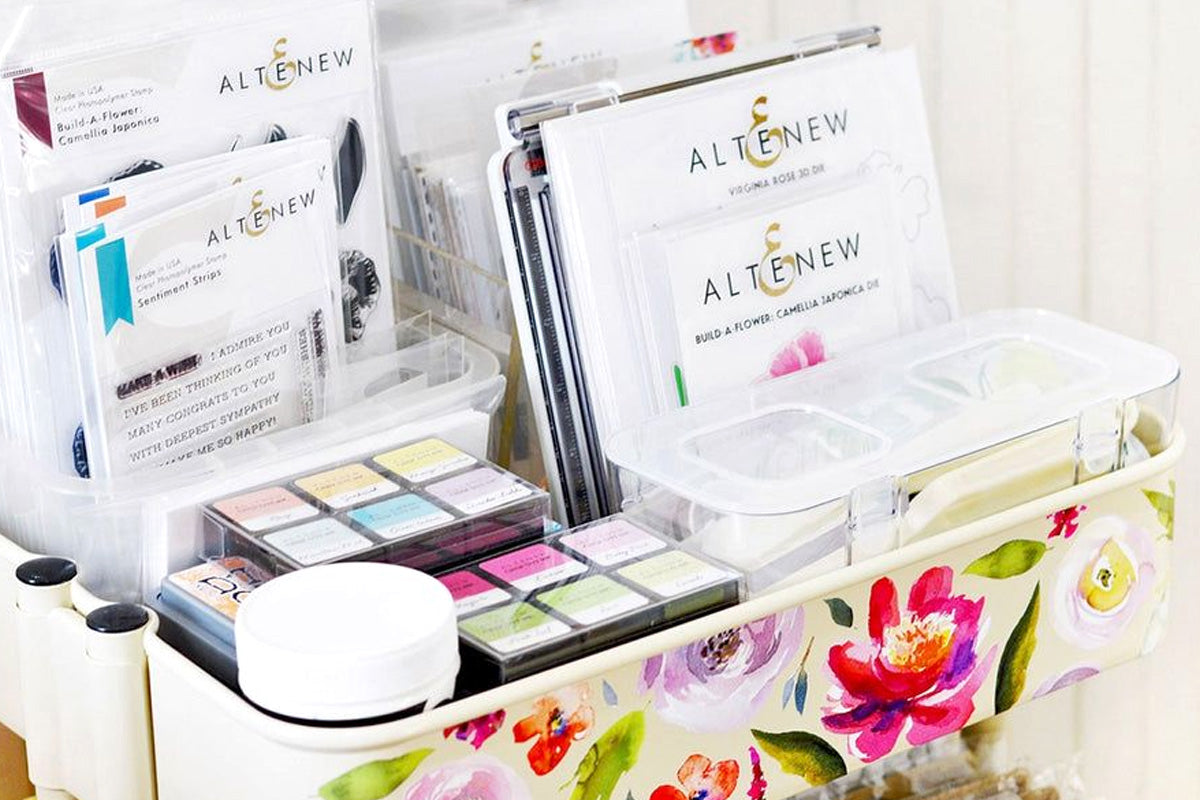
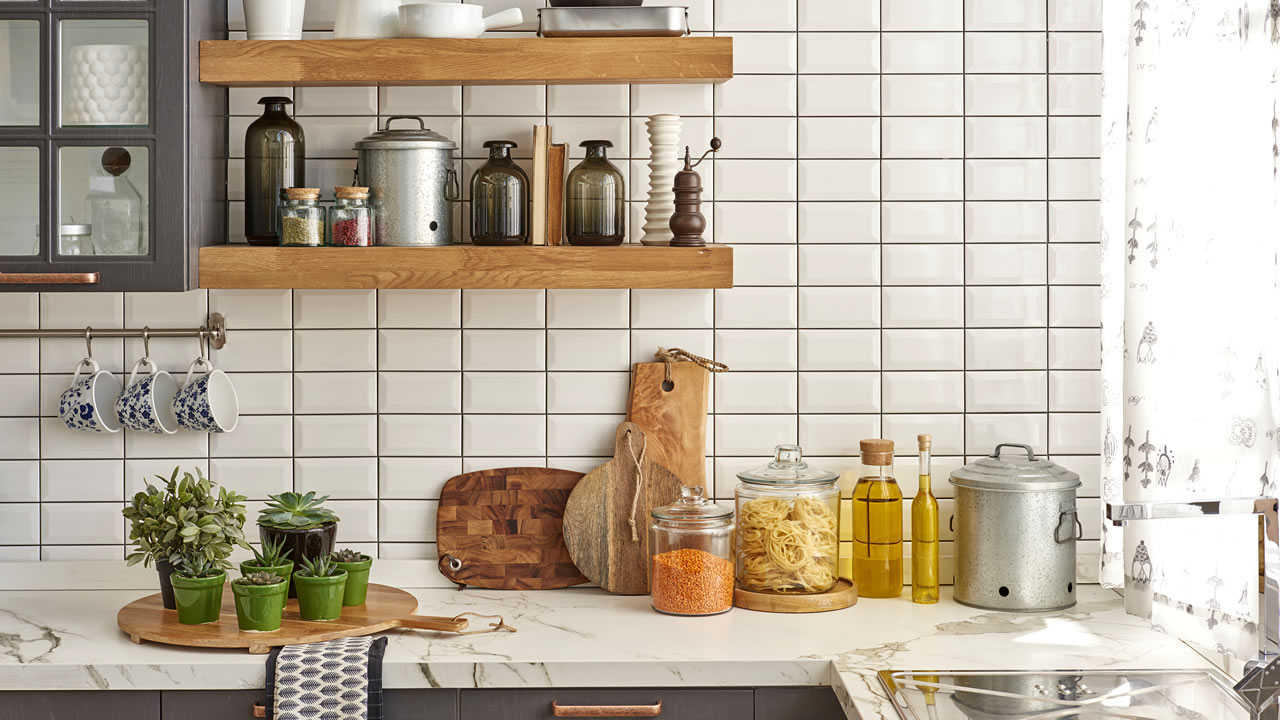
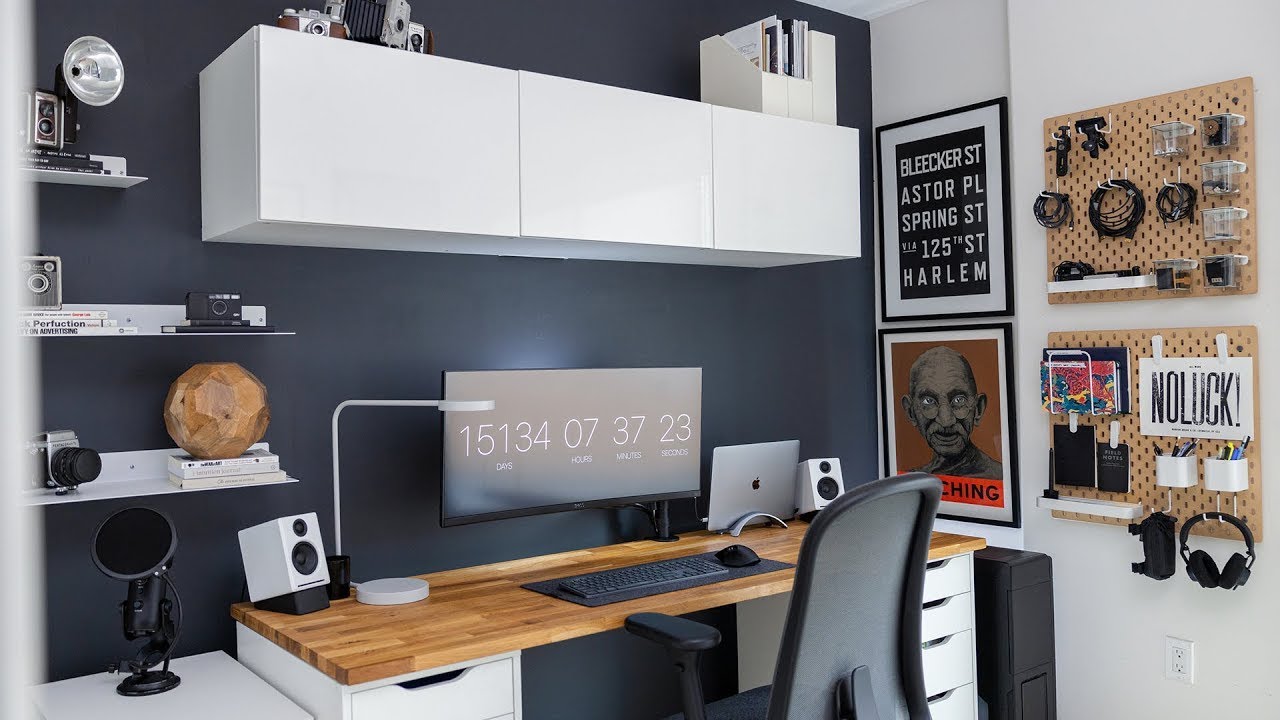
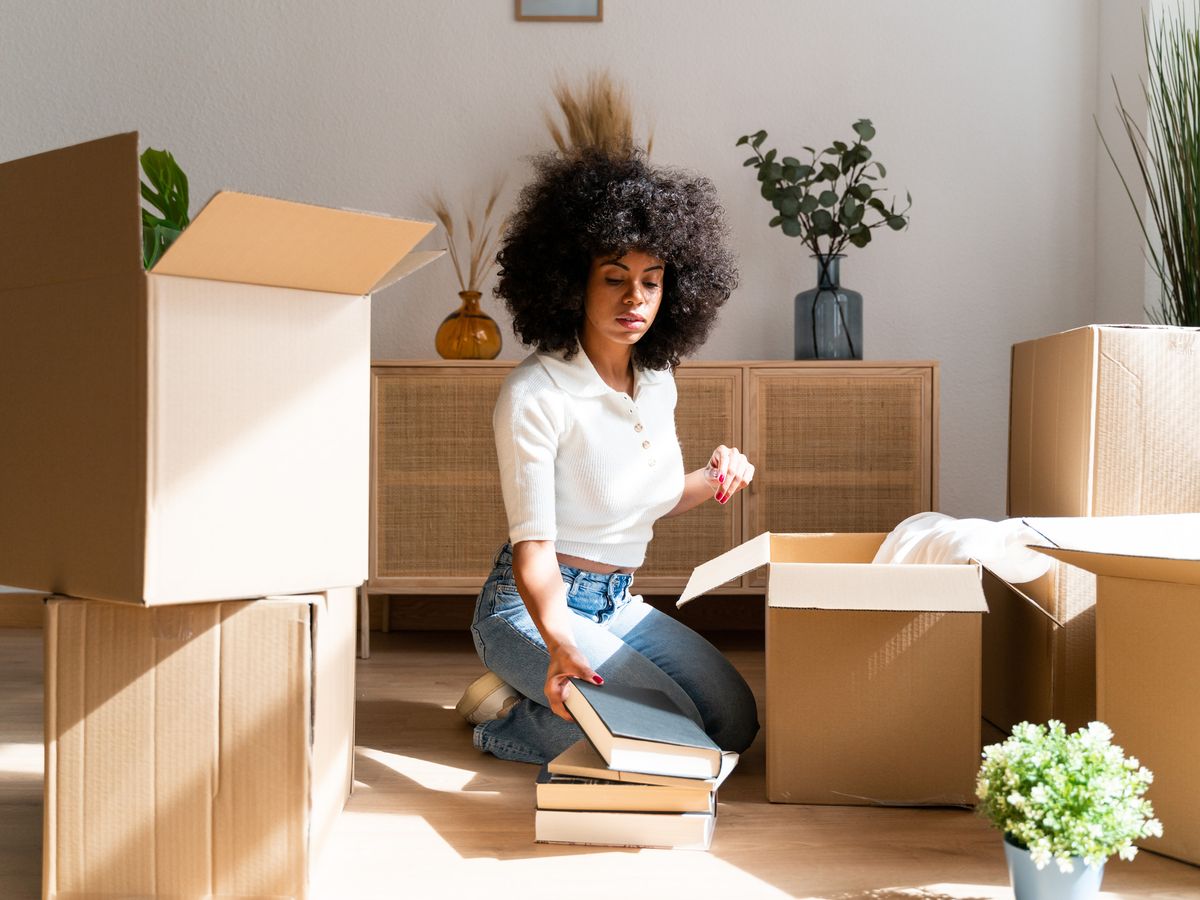
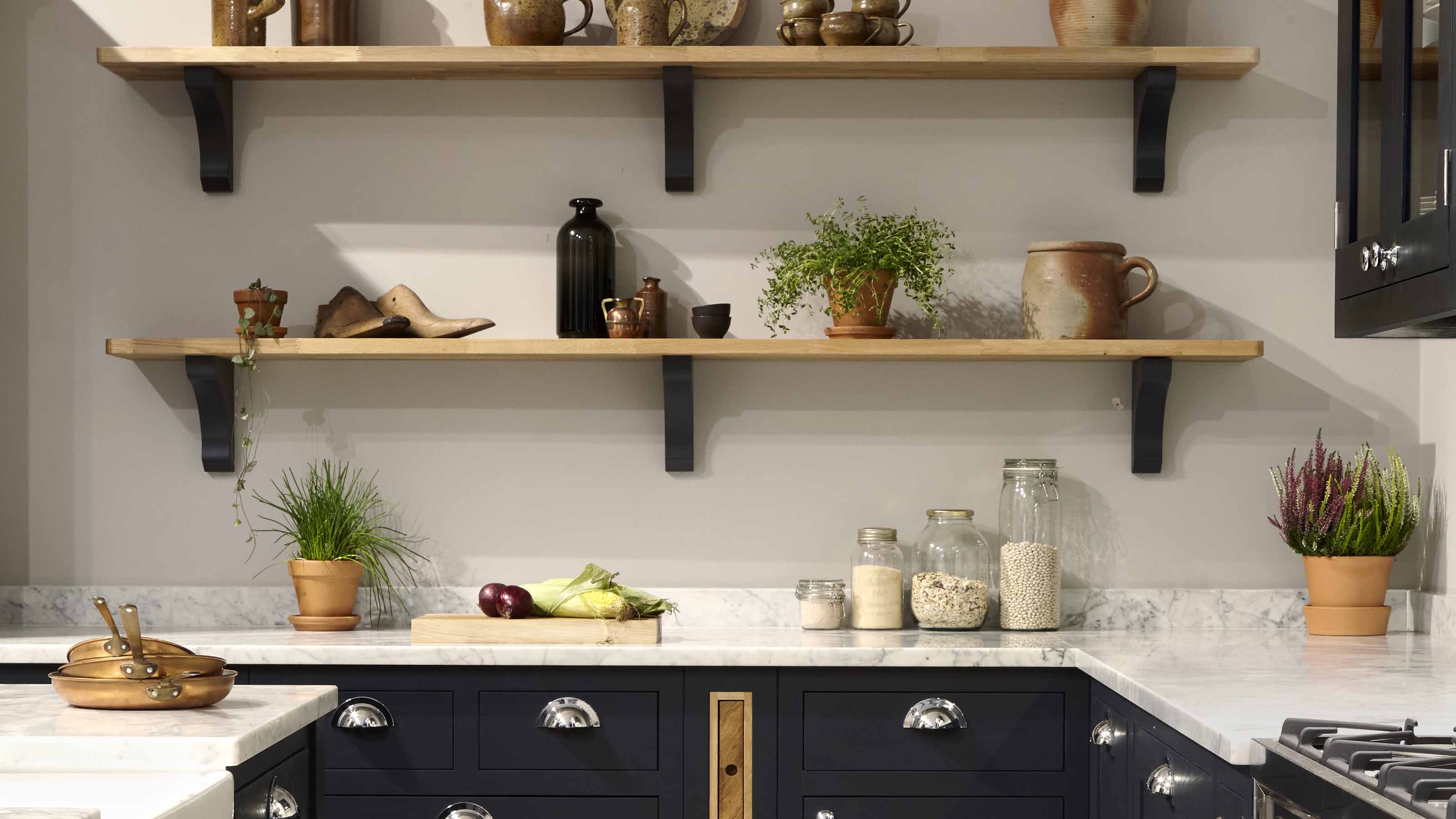

0 thoughts on “How To Declutter My Room”